Guide to Ultrasonic Sensors: Technology, Uses, and Innovations
Ultrasonic sensors represent a cornerstone technology in modern engineering, leveraging sound waves at frequencies inaudible to the human ear to perform a variety of serious functions across diverse industries. Functioning on the principle of echolocation—similar to the navigational techniques used by bats—these sensors emit ultrasonic pulses and measure the time it takes for the echoes to return upon hitting an object. This method allows for precise distance measurements, a capability that has found immense applications in fields such as industrial automation, robotics, automotive systems, and beyond. The evolution of ultrasonic sensor technology from simple distance gauging tools to sophisticated systems capable of performing in complex and demanding environments highlights both the technological advancements and the growing dependency on these devices in modern applications.
Catalog
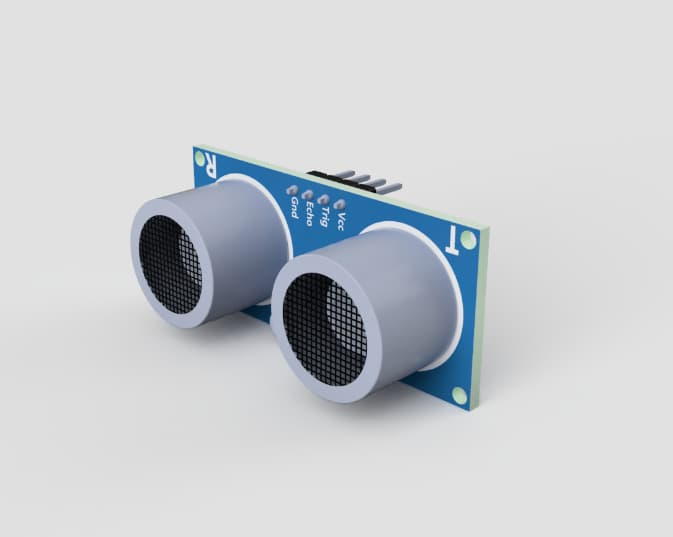
Figure 1: Ultrasonic Sensor
Basics of Ultrasonic Sensors
Ultrasonic sensors are precision tools that emit sound waves at high frequencies, typically between 23 kHz and 40 kHz, which humans cannot hear. They use a technique similar to echolocation, like bats do, to determine distances. These sensors send out ultrasonic pulses and measure the time it takes for the echoes to return from nearby objects.
The sensor emits ultrasonic pulses. When these pulses hit an object, they bounce back as echoes. The sensor measures the time it takes for the echoes to return. To calculate the distance to the object, the sensor uses the following formula:

This formula takes into account the round trip of the sound waves, halving the total travel time to determine the one-way distance to the object.
Ultrasonic sensors are excellent for detecting proximity and measuring distances in conditions where optical systems might fail, such as poor lighting, or where contact methods are not feasible. Their reliability in stable environments makes them useful in industries like industrial automation, robotics, and vehicle parking assistance, where accurate distance mapping is used. In real-world use, operators must consider the angle at which the ultrasonic waves hit the object and the material of the object itself, as these can affect accuracy. Regular calibration and adjustments may be required to maintain optimal performance, especially in changing environmental conditions like temperature or humidity, which can impact the speed of sound in the air.

Figure 2: Operational Principles of Ultrasonic Sensors
Operational Principles of Ultrasonic Sensors
Ultrasonic sensors use a transmitter to emit ultrasonic sound waves and a receiver to detect these waves after they bounce off an object. Modern sensors often combine these components into a single unit called a transceiver. This design saves space and improves accuracy by aligning the emitted waves directly with the receiver, reducing errors from wave divergence.
The emitted ultrasonic waves spread out like a flashlight beam, broad rather than pinpointed like a laser. This spreading influences the sensor's detection area, which widens with distance both vertically and laterally. Manufacturers specify the beam width or angle to help users understand the sensor's effective detection range.
Selecting the correct beam width is serious. For precise distance measurements, narrower beams are more effective as they focus the sound waves and extend the sensor's range. This focus reduces interference and false positives, making it suitable for environments requiring high precision, such as industrial automation or object detection systems.
Roles and Differences of Ultrasonic Transmitters, Receivers, and Transceivers
Ultrasonic sensor systems come in two main configurations: separate transmitters and receivers, or a unified transceiver. Each setup has distinct advantages and challenges, influencing their suitability for different applications.
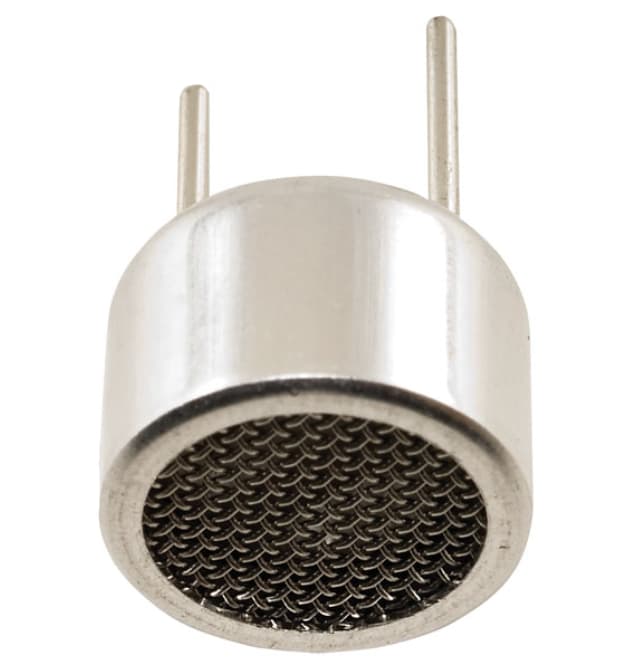
Figure 3: Transceivers
Transceivers combine transmitting and receiving functions into a single device. By merging two functions into one unit, transceivers save physical space, which is advantageous in compact or portable devices. With fewer components to install and connect, assembly is simplified, reducing manufacturing time and cost. They tend to have larger blind zones; areas close to the sensor where accurate measurement is difficult due to the immediate return of the transmitted signal. This can limit effectiveness in applications requiring precise close-range measurements.
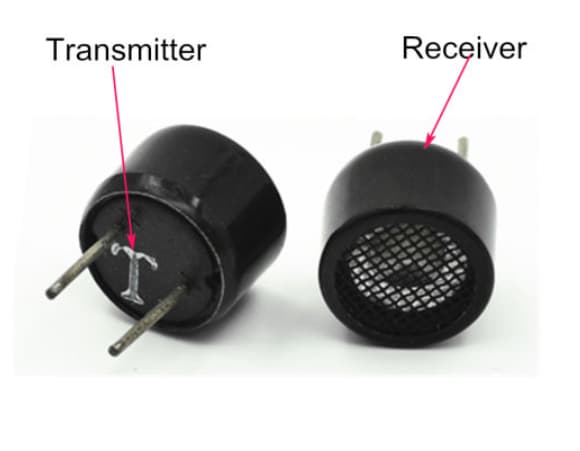
Figure 4: Separate Transmitters and Receivers
The physical separation between the transmitter and receiver reduces blind zones, enhancing the sensor's ability to make accurate close-range measurements. This setup can improve sensitivity and accuracy, as each component specializes in its function, increasing the fidelity of the data collected. Individual components often require less power to operate, noteworthy for remote sensors or battery-operated devices. For optimal functionality, the frequency ratings of the transmitter and receiver should closely match, typically within a tolerance of about 1 kHz. This alignment maximizes sensitivity and enhances overall sensor performance.

Figure 5: Analog vs. Digital Ultrasonic Sensors
Analog and Digital Ultrasonic Sensors: The Differences
• Analog ultrasonic sensors: work by emitting ultrasonic waves from a transmitter and then using a receiver to detect the echoes. An external controller times the echoes to calculate the distance. This setup can introduce latency and errors due to the conversion and interpretation of analog signals.
• Digital ultrasonic sensors: combine the emission of sound waves and the calculation of distance within the same unit. They process measurements directly on the module and send the data digitally via a bus like I2C or UART. This integration eliminates the need for separate signal processing, improving accuracy and reliability.
Pros and Cons of Using Ultrasonic Sensors
Pros
Ultrasonic sensors provide accurate measurements regardless of an object's color or transparency, making them versatile for various settings, from industrial automation to consumer electronics. They are cost-effective, resistant to environmental noise, and capable of delivering rapid and flexible range measurements with high reliability.
Cons
However, ultrasonic sensors have some vulnerabilities that can impact performance. Temperature and humidity significantly influence the speed of sound, affecting measurement accuracy. This requires regular calibration and environmental compensation to maintain precision.

Figure 6: Ultrasonic Retro-Reflective Sensors
Functionality and Use of Ultrasonic Retro-Reflective Sensors
Ultrasonic retro-reflective sensors measure the time it takes for sound waves to bounce back from a designated reflector. This provides consistent and reliable distance measurements. These sensors can be adjusted using manual potentiometers or digital interfaces like IO-Link, making them adaptable to various applications and environments.
The key benefit of these sensors is their ability to detect objects accurately, even when dealing with materials that absorb sound. They achieve this by monitoring changes in the propagation time of sound waves. When changes are detected, the sensor triggers an output promptly, ensuring precise detection.
This capability makes ultrasonic retro-reflective sensors highly effective in complex scenarios where other sensors might fail. Their robustness and versatility make them valuable in industrial applications, ensuring reliable performance in diverse and challenging conditions.
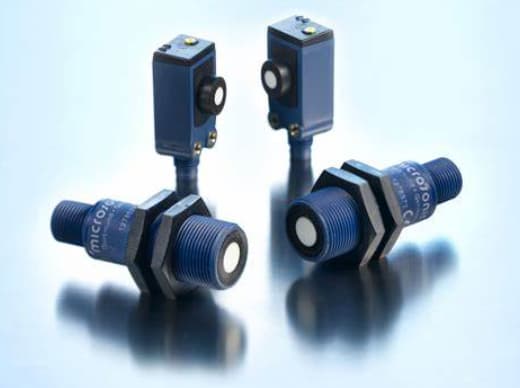
Figure 7: Ultrasonic Through-Beam Sensors
Mechanics of Ultrasonic Through-Beam Sensors
Ultrasonic through-beam sensors use separate emitters and receivers aligned to form a sensitive and extended-range detection system. When an object interrupts the sonic beam between the emitter and receiver, it triggers a change in the receiver's output state. This precise response makes through-beam sensors ideal for applications that require high accuracy.
These sensors come with adjustable controls, allowing operators to fine-tune signal strength and sensor responsiveness according to environmental conditions. This adaptability ensures consistent and reliable performance in various challenging settings.
Due to their high precision and adaptability, through-beam ultrasonic sensors are preferred for complex industrial applications where accurate object detection is desperate. Their design and functionality make them reliable in environments demanding precision and dependability.

Figure 8: Ultrasonic Distance Sensors
Technology Behind Ultrasonic Distance Sensors
Ultrasonic distance sensors use the pulse-echo principle. They emit a sonic pulse and measure the time it takes for the echo to return after bouncing off an object. This timing provides a measurement directly proportional to the distance of the detected objects, enabling precise measurements.
These sensors are highly beneficial in environments with long cable runs or significant electrical interference, where other measurement technologies might fail. They maintain accuracy and reliability even under challenging conditions.
Ultrasonic distance sensors come with adjustable settings to optimize resolution and performance for specific applications. This flexibility allows them to adapt seamlessly to various industrial and technological settings, ensuring consistent accuracy and reliability regardless of the environment.
Practical Uses of Ultrasonic Sensors in Various

Figure 9: Pest Control
Ultrasonic sensors find innovative uses in pest control. They emit high-frequency sound waves specifically designed to repel pests. These frequencies are irritating to certain animals but inaudible and harmless to humans, offering an eco-friendly solution for pest management.

Figure 10: Environmental Monitoring
In environmental conservation, ultrasonic sensors play a key role. They detect subtle acoustic disturbances indicating the presence of specific wildlife or environmental phenomena. This extends their use from standard industrial applications to advanced environmental monitoring, aiding in wildlife research and ecological assessments.

Figure 11: Robotics
Ultrasonic sensors are noteworthy in robotics. They provide real-time spatial data, enabling robots to perform complex maneuvers and interact within dynamic environments.
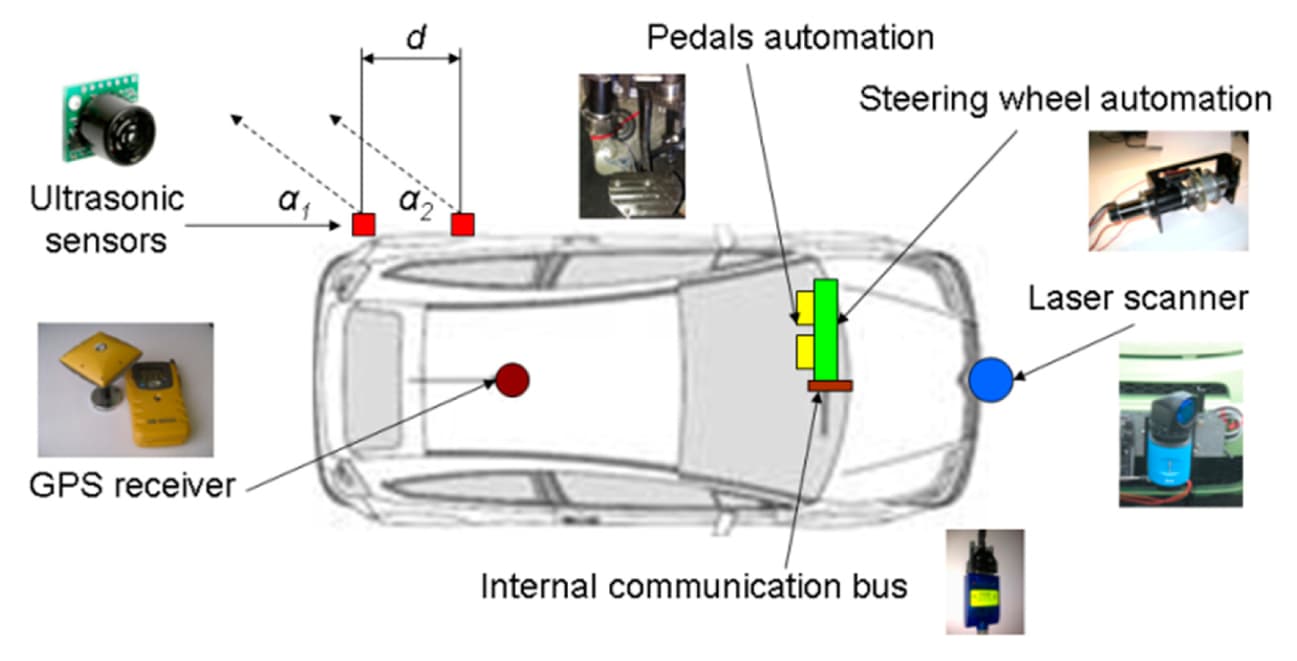
Figure 12: Automotive Systems
In automotive engineering, ultrasonic sensors enhance safety through collision avoidance systems. They help vehicles detect and respond to obstacles, improving driver safety and reducing the likelihood of accidents.
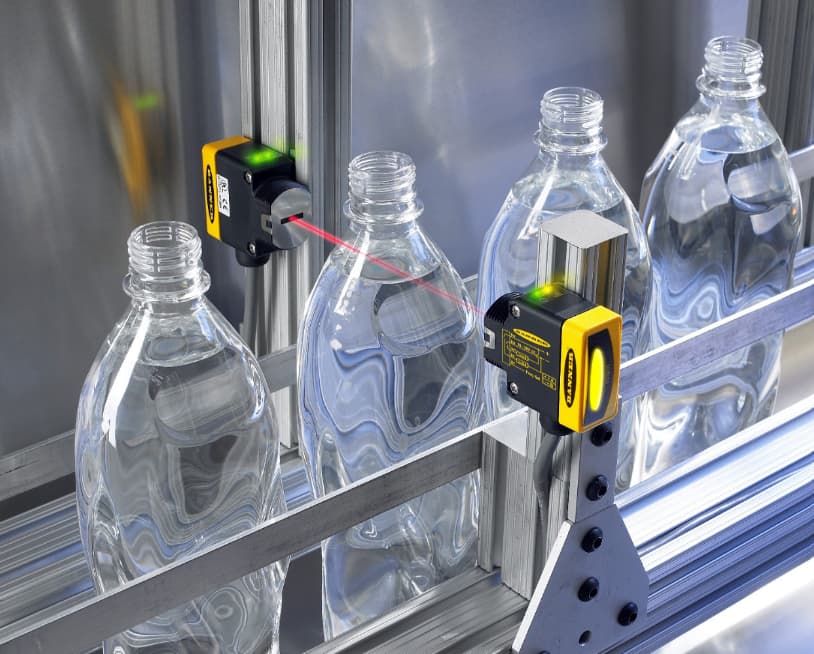
Figure 13: Industrial Automation
In industrial automation, ultrasonic sensors monitor the levels of liquids and solids. Their accuracy and reliability are necessary to control production processes and ensure efficiency and safety in various industries.
Conclusion
The detailed exploration of ultrasonic sensors underscores their integral role in enhancing operational efficiencies and safety across various sectors. From basic distance measurements in automated factories to advanced applications like environmental monitoring and pest control, ultrasonic sensors have proven to be requisite tools. Their ability to function reliably under adverse conditions, such as poor lighting or extreme environmental interference, coupled with their adaptability to meet specific application requirements, illustrates their technological sophistication and versatility.
In addition, the ongoing innovations in sensor technology, such as the development of digital ultrasonic sensors and ultrasonic retro-reflective sensors, continue to expand their use cases. As industries strive towards more automated and precise operations, the demand for ultrasonic sensors is expected to grow, reflecting their key role in driving the future of industrial automation, vehicle safety, and environmental sustainability. The continuing advancement in ultrasonic sensor technology not only enhances their existing applications but also opens new avenues for their deployment, marking an exciting phase of technological evolution in sensing solutions.
Frequently Asked Questions [FAQ]
1. What are the basics of ultrasonics?
Ultrasonics refers to the use of sound waves with frequencies higher than the upper audible limit of human hearing (above 20 kHz). These waves can penetrate various materials and are commonly used for detecting objects and measuring distances. In practice, ultrasonics is employed in a range of applications from medical imaging to industrial non-destructive testing, where its ability to detect internal flaws without damaging the material is invaluable.
2. What is the basic principle of ultrasonic level sensor?
An ultrasonic level sensor operates by emitting sound waves at ultrasonic frequencies toward the surface of a material or liquid. These sound waves travel through the air, hit the surface, and then reflect to the sensor. The sensor measures the time it takes for the echoes to return, and this time is used to calculate the distance to the surface. The primary principle here is the speed of sound in the air, and knowing this, the sensor can accurately determine the level of material within a container or space.
3. What is the main function of the ultrasonic sensor?
The main function of an ultrasonic sensor is to measure distances without contact. This capability is insistent in environments where contact with the material to be measured is either impractical or might contaminate the material. For example, in industries where hygiene is dominant, such as food and beverage manufacturing, ultrasonic sensors provide the needed measurements without risk of contamination.
4. What are the two main components of the ultrasonic sensor?
Transducer: This component emits and receives ultrasonic sound waves. It converts electrical energy into sound waves and then back into electrical signals which can be processed to determine distance.
Electronic Circuit: This processes the received echoes. The circuit calculates the time interval between sending the signal and receiving the echo and subsequently converts this into a distance measurement.
5. What are the characteristics of ultrasonic sensors?
Non-contact Nature: Ultrasonic sensors measure distances without touching the objects, making them ideal for sensitive or soft materials.
Accuracy: They provide precise measurements, influential in applications where small distance variations matter.
Versatility: Suitable for a wide range of materials and applications, including liquids and solids in various industries.
Obstacle Detection Capability: In addition to measuring distance, these sensors can detect the presence of objects in their path, useful in robotics and automotive safety systems.
Limitations in Environment Sensitivity: Performance can be affected by environmental factors such as temperature, humidity, and air turbulence, which may necessitate recalibrations depending on the operational context.